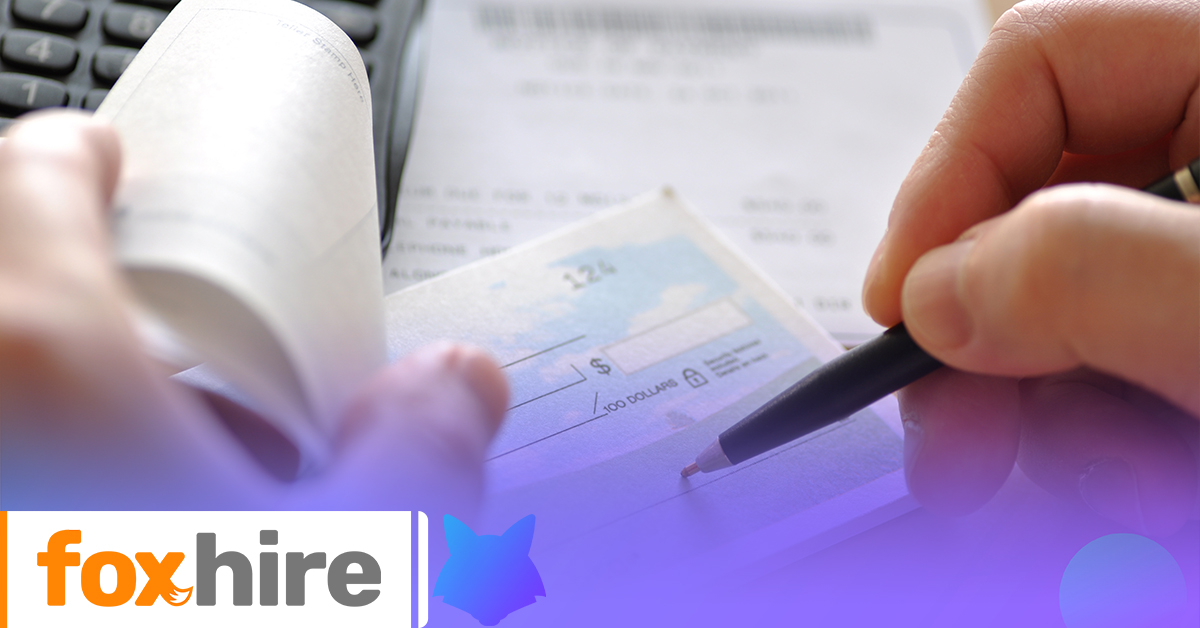Astonishingly, paper checks are still a thing in our modern digital world. The manual process of sending out a paper check has been replaced by digital direct deposits and computer automation to complete these tasks. Yet, companies persist in sending out paper checks in a manual process. What is the true cost of this outdated manual process? How can a company that uses direct deposit to pay employees save you time and money?
Manual AR is Hard—Manual Payroll is Harder
Ask anyone in accounts payable, and they’ll tell you that manually processing checks is time-consuming and unwieldy. A manual process is one thing, but many companies use multiple payment types. Whether it’s a paper check or a wire transfer, companies have to manage payroll, banking, vendors, benefits, and more. If each payment vehicle is different, it creates unnecessary complexities for your AR team.
Once a week, your company may have a check-run day, where AR manually prints checks and stuffs envelopes. Many companies have a check approval process with manual signatures that gobbles up more time. Another day is spent doing credit card or ACH bank batches. Maybe there is time spent filling out wire forms at the bank.
If there is no single process, it’s a time-consuming hassle. Sending paper checks through the mail is also not the most secure form of payment out there, either. Why would you track down a manual signature when you could instead click a button?
Then there is reconciliation. When there are multiple payment processes, tracking down what went where means you’re logging into various systems. If you’re using checks, you have to track when they’ve cleared. Manually reconcile credit card statements also takes time. If you’re wiring money, that’s almost the worst because the bank portal is usually separate from your accounting system. That information has to be transferred manually for checks and balances to occur.
The follow up on all manual A/R processes is also manual. Vendors are calling asking, “When am I getting paid?” Or, you’re correcting a number that was wrong or correcting some other error from the manual processes.
However, none of this compares to the pain and suffering that ensues during a manual payroll process. First, there is the cost of each paper check, which averages around $1.22 per transaction. That’s $24,540 annually per business, according to the data that accounts for labor, fees, materials, and postage. Figuring out payroll is incredibly complicated if you’re stuck in a manual process. From taxes and benefits to the employee designation, it seems like payroll is designed to trip you up. Failing to comply with state, local, and federal rules can land you in hot water. It could also cause you to lose a valuable employee who is frustrated that you haven’t been able to pay them correctly. There is also the reputational damage that can affect your business tied to one small accounting error on a worker’s manual check.
Partner With An EOR!
Working with an EOR like FoxHire means that your employees will be paid faster with direct deposit. We can help you eliminate the errors, costs, and time spent on manual payroll processes. Talk with our team today to find out how we can streamline your employment processes today.






